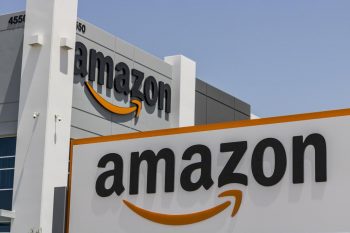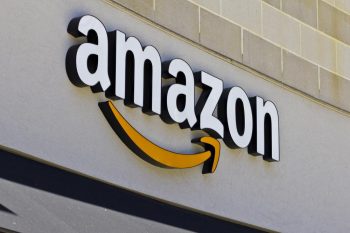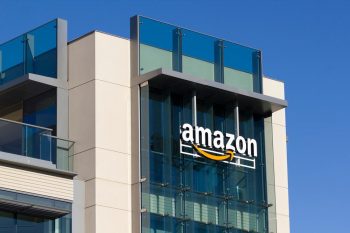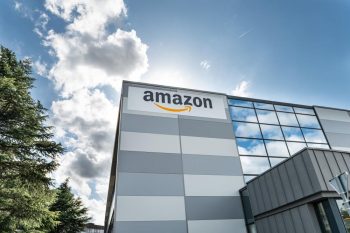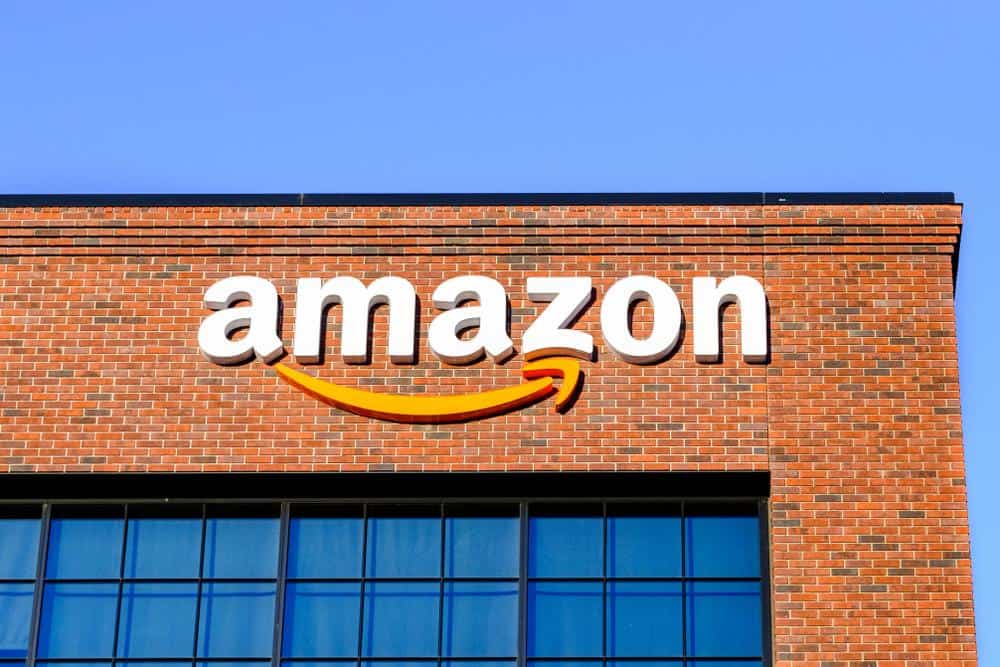
Amazon, the e-commerce giant, has consistently pushed the boundaries of innovation to stay ahead of its competitors. One of the key strategies Amazon has used to maintain an edge in the highly competitive e-commerce market is through strategic acquisitions. One such acquisition that significantly transformed Amazon’s operations was that of Kiva Systems in 2012. But why did Amazon buy Kiva Systems? Let’s dive deeper to understand the rationale behind this acquisition and its impact on Amazon’s business.
Amazon bought Kiva Systems in 2012 to improve the efficiency and cost-effectiveness of its distribution centers. Kiva Systems’ innovative use of robotics and automation in warehouse operations allowed Amazon to process and ship orders much faster, leading to improved customer satisfaction. The acquisition also enabled Amazon to vertically integrate its supply chain, further enhancing its logistical operations and customer service.
The Genesis of Kiva Systems
Founded in 2003 by Mick Mountz, Peter Wurman, and Raffaello D’Andrea, Kiva Systems revolutionized logistics, warehousing, and order fulfillment through the use of robotics and automation. The company aimed to improve the efficiency of warehouse operations by using robots, AI, and barcoding to bring goods to human workers in warehouses. This innovative approach led to rapid growth for Kiva Systems, and by 2009, it was the sixth fastest-growing company in the U.S.
Amazon’s acquisition of Kiva Systems for $775 million in 2012 made it Amazon’s second-largest acquisition at the time. Post-acquisition, the company was rebranded as Amazon Robotics, and its robots and systems have since been used exclusively in Amazon’s warehouses.
The Rationale Behind the Acquisition
The primary reason Amazon acquired Kiva Systems was to improve the efficiency of its distribution centers. Kiva Systems’ technology used autonomous mobile robots and sophisticated control software to streamline the process of picking, packing, and shipping e-commerce products for delivery. This system allowed Amazon to significantly increase the efficiency of their warehouse operations, enabling them to process two to four times as many orders per hour compared to traditional methods.
Additionally, the acquisition allowed Amazon to vertically integrate its supply chain, further improving its shrinking margins and increasing the efficiency and effectiveness of its logistical operations to enhance customer service.
The Impact of the Acquisition on Amazon’s Operational Efficiency
The purchase of Kiva Systems has significantly improved Amazon’s operational efficiency. The use of Kiva’s robots has allowed Amazon to process and ship orders much faster than it could with human workers alone, leading to improved customer satisfaction. Moreover, the use of Kiva robots has allowed Amazon to make smarter use of space in its warehouses, enabling Amazon to increase its warehouse inventory by 50%.
Cost-Effectiveness
The use of robots has reportedly cut Amazon’s costs by up to 20%. While the initial investment in robotic technology may be high, robots don’t require salaries or benefits like human workers do, leading to significant cost savings over time.
The Future of Amazon’s Strategy
Amazon’s acquisition of Kiva Systems has played a crucial role in strengthening Amazon’s position in the e-commerce market. The company’s aggressive acquisition strategy, as well as its investments in cloud computing and logistics technologies, indicate a focus on expanding its technological capabilities and enhancing its logistics applications. This could potentially lead to Amazon entering new markets and industries, as it has done in the past with its acquisitions in the cloud computing space and its investments in businesses based on the cloud.
Conclusion
The acquisition of Kiva Systems has significantly enhanced Amazon’s operational efficiency and cost-effectiveness, enabling the company to process and ship orders more quickly and accurately, leading to happier customers and more repeat business. The use of Kiva robots has also led to significant cost savings, further improving Amazon’s bottom line. As Amazon continues to innovate and expand, it will be interesting to see how the company leverages its existing assets to enter new markets and industries.
Frequently Asked Questions
What other companies has Amazon acquired to enhance its operational efficiency?
Besides Kiva Systems, Amazon has made several significant acquisitions to improve its operational efficiency, including companies like Whole Foods Market, Zappos, and Ring. Each of these acquisitions has helped Amazon expand its product offerings and improve its delivery and customer service capabilities.
How many robots are currently in use in Amazon’s warehouses?
As of 2020, Amazon has over 200,000 robotic units working in its warehouses worldwide. These robots play a critical role in Amazon’s order fulfillment process, helping the company to meet customer demand, especially during peak shopping seasons.
What are some examples of tasks performed by Kiva robots in Amazon’s warehouses?
Kiva robots, now known as Amazon Robotics, perform a variety of tasks in Amazon’s warehouses. The most common use is for picking and packing orders. The robots move shelves of products to human workers, who then pick and pack the items for shipping. This significantly reduces the time and effort required to fulfill orders.
How has the acquisition of Kiva Systems impacted Amazon’s workforce?
Despite the increased use of robots, Amazon has continued to grow its human workforce. The robots have taken over some of the more physically demanding tasks, allowing human workers to focus on tasks that require more complex decision-making and problem-solving skills. This has led to an overall increase in productivity and efficiency.
Has the acquisition of Kiva Systems led to any controversies or issues for Amazon?
While the acquisition of Kiva Systems has significantly improved Amazon’s operational efficiency and cost-effectiveness, it has also raised concerns about the impact of automation on jobs. However, Amazon has maintained that the use of robots has not led to job losses but rather has allowed the company to create more jobs by enabling it to fulfill a greater number of orders.

